5 Japanese Vegetables to Grow on Your Balcony
Get Close To The Land With These Easy-Growing Projects!
Not every tasty vegetable on your plate in Japan can be easily grown in a pot (looking at you, gobo!). But, the five below take well to planters if you provide them with their preferred soil, water and light preferences.
Are you looking to live more sustainably? Hoping to connect with Japan’s natural world amid a concrete cityscape? Or are you merely aiming to cultivate your own green thumb? Whatever your motivation, when it comes to your balcony this year, why not make it awash in the greenery of your very own Japanese produce from your garden, as small a space as it may be.
While growing any vegetables to eat is a healthy and satisfying project, there is something inherently grounding to choose ones which have long grown in the soil where they are being planted (albeit perhaps miles above the ground in an apartment planter!). Having a bounty of produce which is often used in Japanese cuisine can also help you transition closer to a washoku (Japanese cuisine) diet, long touted (and perhaps unsurprisingly by doctors I have seen in Japan especially!) as bringing health benefits. But, health aside, when you pick a fresh vegetable off the vine and cook it yourself, it is also especially… tasty. And isn’t that reason enough to get planting? Read on to learn about five veggies to get you started!
Goya
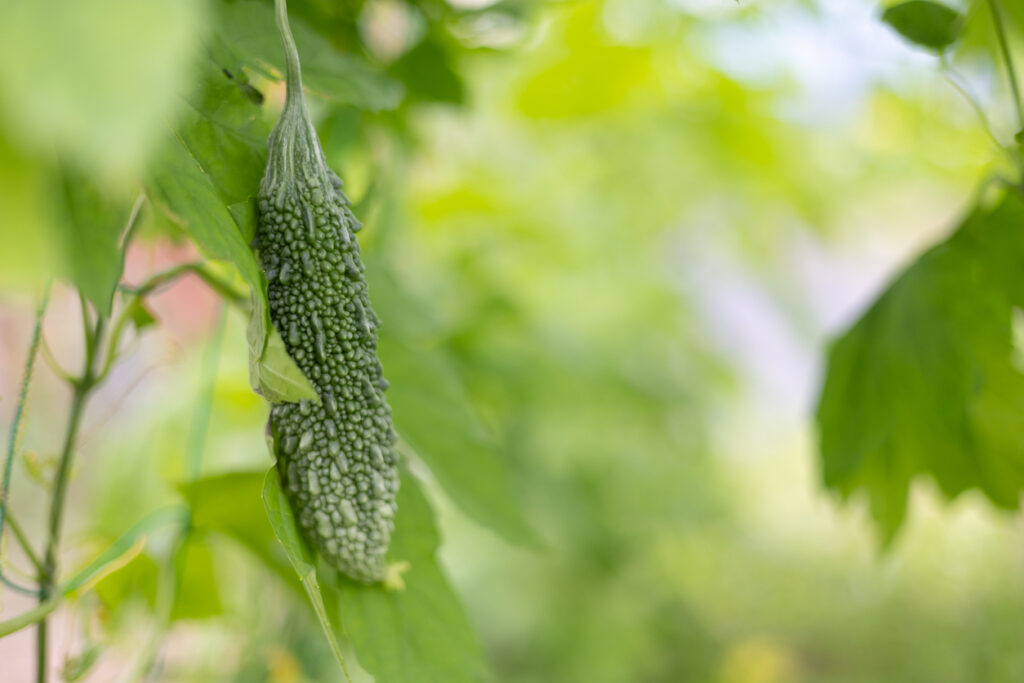 © Photo by iStock: petesphotography
© Photo by iStock: petesphotographyOriginally grown in Okinawa, goya or bitter melon has become a common summertime vegetable across Japan. With a bumpy, cucumber-like appearance, crunchy texture and a unique bitter taste, Goya deserves a spot on your balcony! Goya are members of the Cucurbitaceae family, along with squash, watermelons and cucumbers. Consuming goya is said to have a number of health benefits, such as stimulating digestion, and it has been used to treat type two diabetes due to its ability to lower blood sugar levels.
Goya can easily be grown in large round planters (such as these ones available online) on your balcony, but be aware that goya are subtropical plants, so they need ample sunlight (about six hours a day!) and hot, humid weather to properly mature. The best time to plant goya is late spring or early summer when daytime temperatures are between 24-30 degrees Celsius. Goya are vining plants, so they need room to grow, requiring a wide net or trellis to climb. The added benefit of goya vines is that they can be grown as “green curtains” providing you sun protection as well as privacy on your balcony.
Kabu
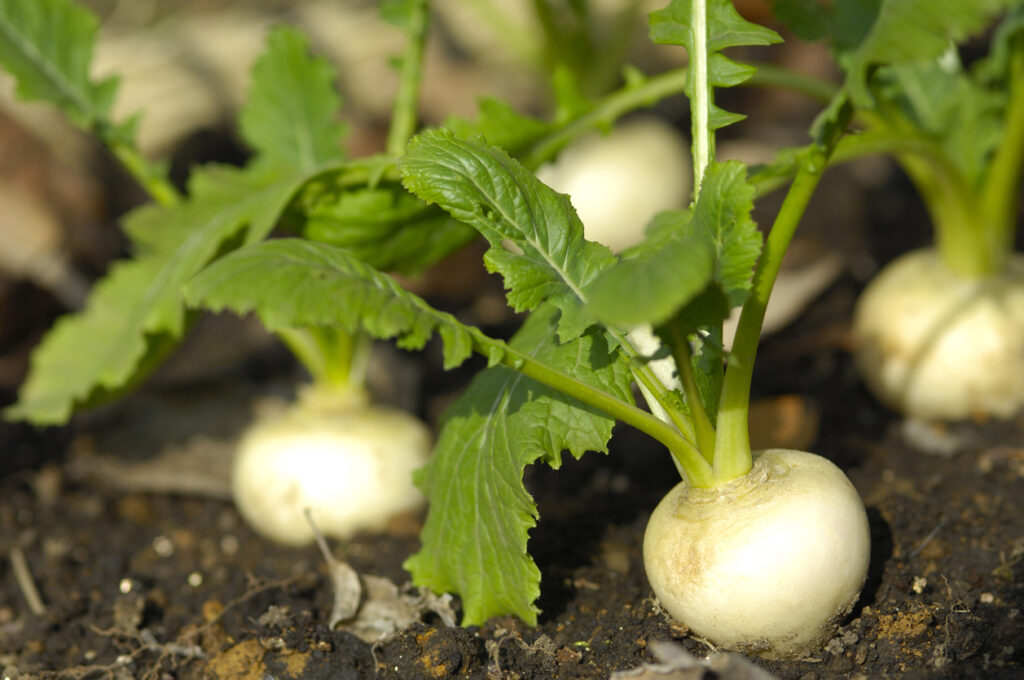 © Photo by iStock: gyro
© Photo by iStock: gyroKabu or Japanese turnips are white-skinned (and rarely red) root vegetables that have a pleasantly mellow, sweet flavor that can be enjoyed raw in a salad or stewed. The entirety of kabu including the root and the leafy stem can be consumed and are both nutritious, containing many vitamins and particularly vitamins A and C, as well as potassium.
Kabu are biennials, meaning that they have two growing periods in the year: one in the spring and one in the fall. You can plant your first round of kabu in April and they will take about two months to fully mature, then again in September for a November harvest. You can sow kabu seeds directly into their planters when daytime temperatures are about 15-20 degrees Celsius. The containers you should use will depend on the size and number of kabu you wish to grow, but for approximately 10 turnips, you should aim for planters that are rectangular in shape and hold 45 liters, like these.
Shishito
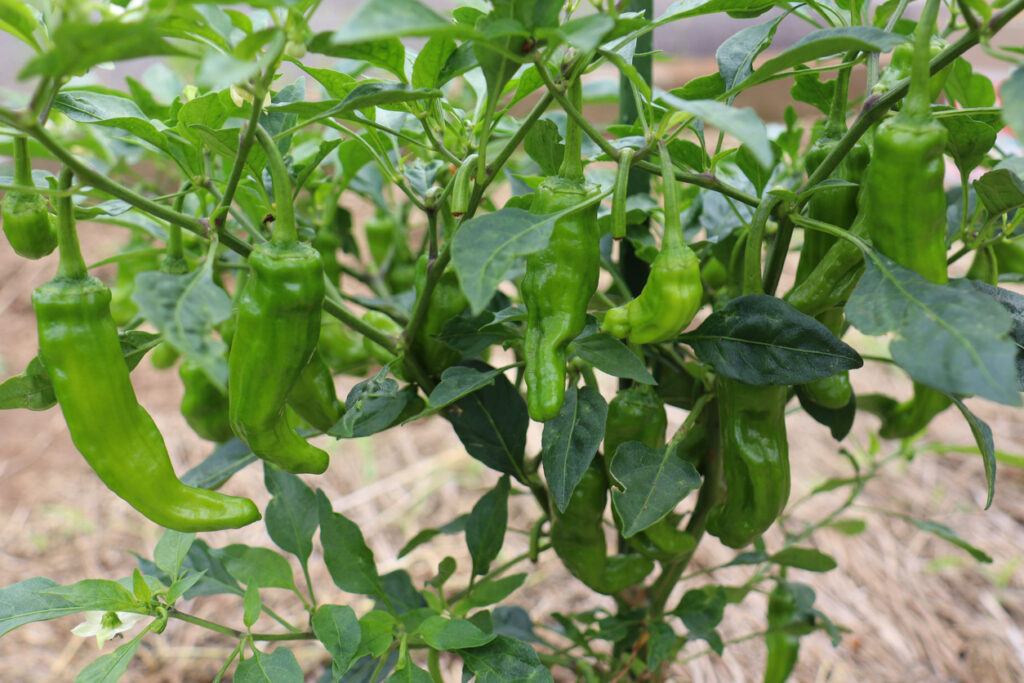 © Photo by iStock: Yusuke Ide
© Photo by iStock: Yusuke IdeShishitogarashi typically abbreviated to shishito are heirloom Japanese chili peppers that are less spicy than jalapenos, but have more bite than a bell pepper. While shishito peppers change colors when ripening, from bright green to red, they are customarily harvested while still green. Shishito grow to about two to four inches in length and have a bumped, creased head that is said to resemble a lion, giving rise to the name “shishi” meaning lion in classical Japanese and “togarashi” meaning pepper.
Shishito are easy-to-grow plants, but like goya, they need hot, humid weather and bright sunlight to mature. Shishito plants need containers large enough for their root bases, like these, and prefer soil with good drainage. Shishito plants can grow about 60 centimeters in height and about 45 centimeters across, but you can group several plants together given sufficient spacing. Be sure to provide regular watering to the pots and you’ll be harvesting fistfuls of shishito during the summer in no time.
Edamame
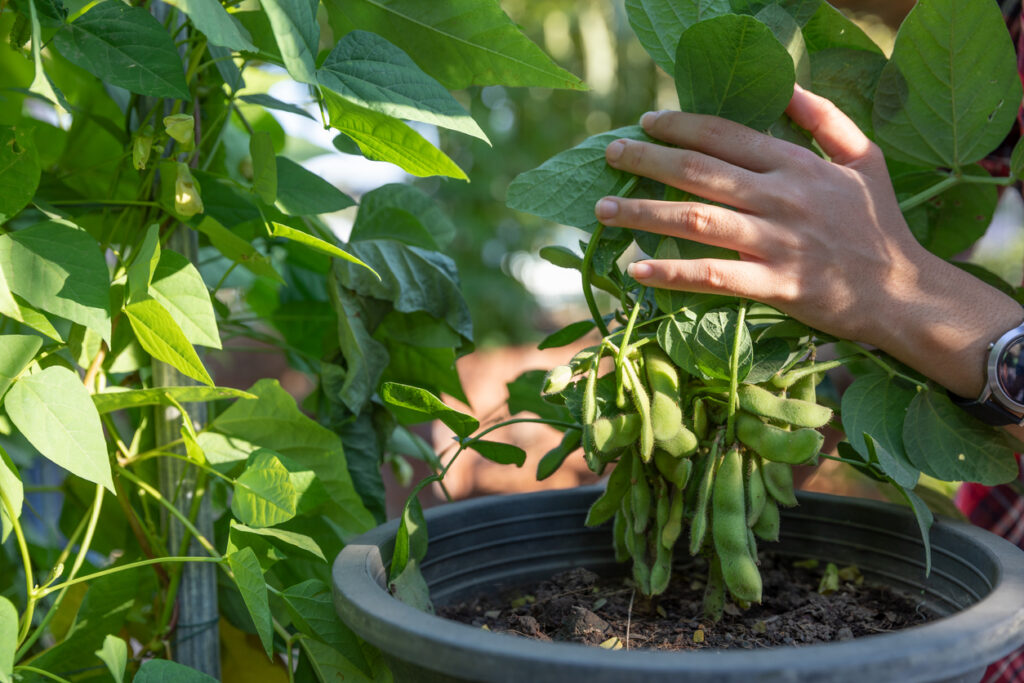 © Photo by iStock: luamduan
© Photo by iStock: luamduanOtherwise known as immature soybeans or translating to “branch beans” in English, edamame are a Japanese staple that can be enjoyed year-round. The beans inside the pods of edamame can be eaten straight off the plant, but the whole pods are often enjoyed blanched and salted. As legumes, they provide healthy proteins, while being rich in vitamins and low in calories.
Edamame grow as bushes and, given their compact nature, lend perfectly to being planted in pots. Edamame plants are not frost tolerant so it’s important to plant them outside only when temperatures remain above zero degrees Celsius. You can sow edamame seeds directly into these rectangular containers, just make sure to thin out the plants using scissors to cut them down to the soil instead of yanking them out or risk breaking roots. If you wish to have a constant supply of edamame, it is recommended to plant new seeds in succession, about every two weeks.
Soramame
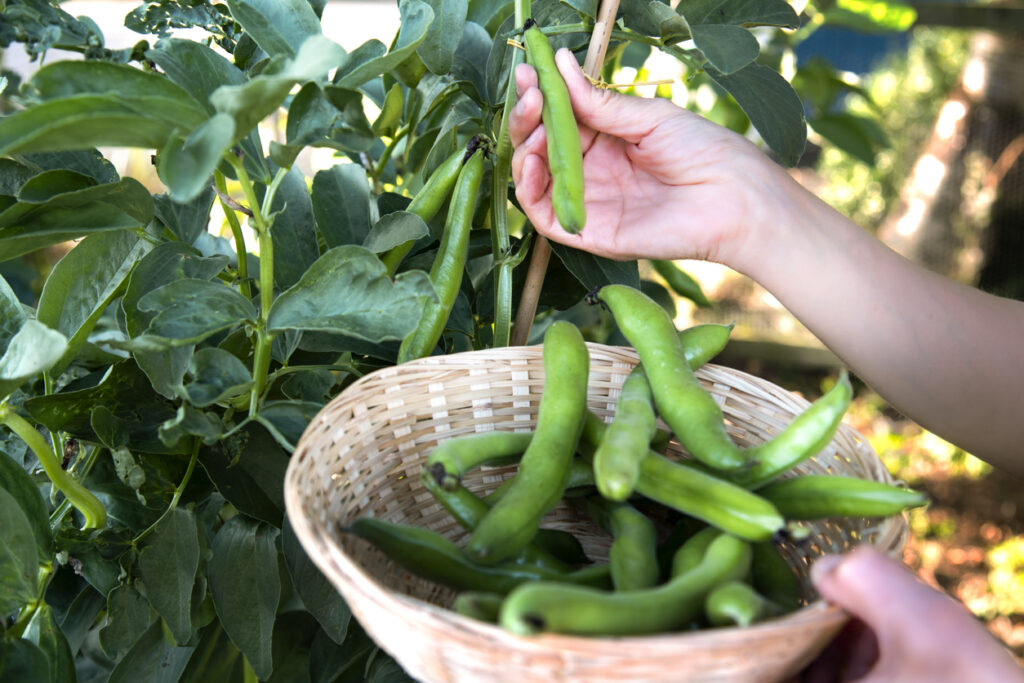 © Photo by iStock: ZAKmac
© Photo by iStock: ZAKmacA representation of late spring and early summer, soramame or fava/broad beans have been a favorite in Japan since the eighth century. Although they are in season to eat for a brief two to three months, soramame, so named because they point to the sora (sky) when growing, are a popular offering. These beans, which sit within a fluffy pod, are most often simply boiled and salted or added to rice to make a spring-like mame gohan (bean rice).
Soramame need a sunny spot on your balcony and would appreciate a planter of 45-60 centimeters, like this one and soil with good drainage. If you want to grow a vegetable from seed, this is a good plant to try because soramame, like many other beans, sprouts easily. Plant seeds in October, transfer them to a pot in November and they will be ready to harvest by May. When placing your planter outside, make sure to provide the plant with stakes to grow on and bring it in if the weather will fall below minus five or above 35 degrees Celsius.
Do you have your own kitchen garden in your Japanese apartment or mansion? Let us know!












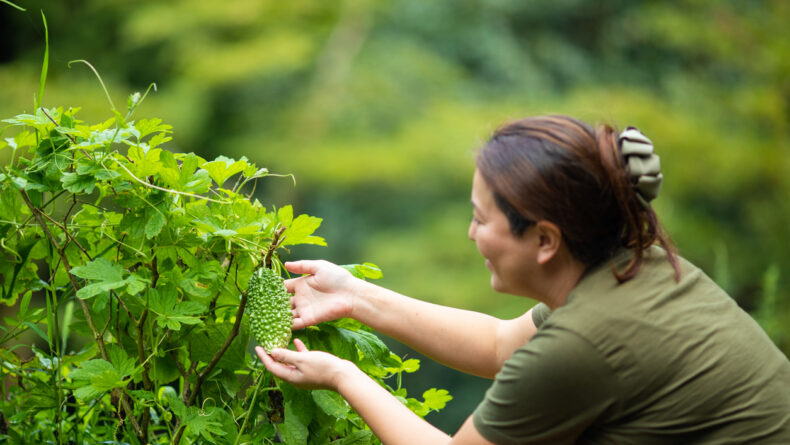
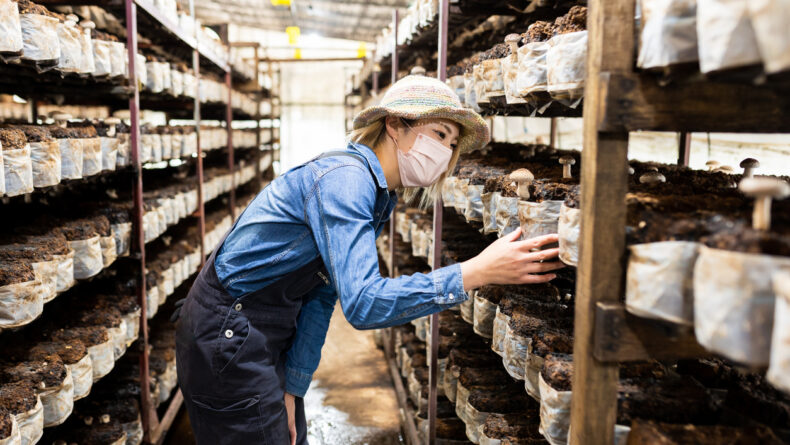
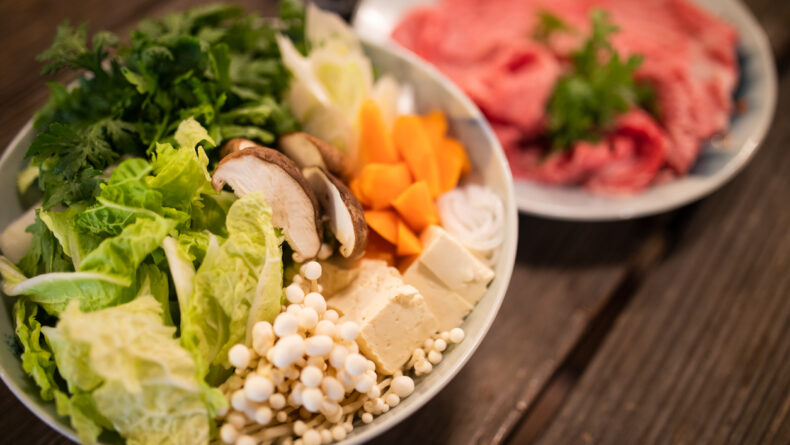
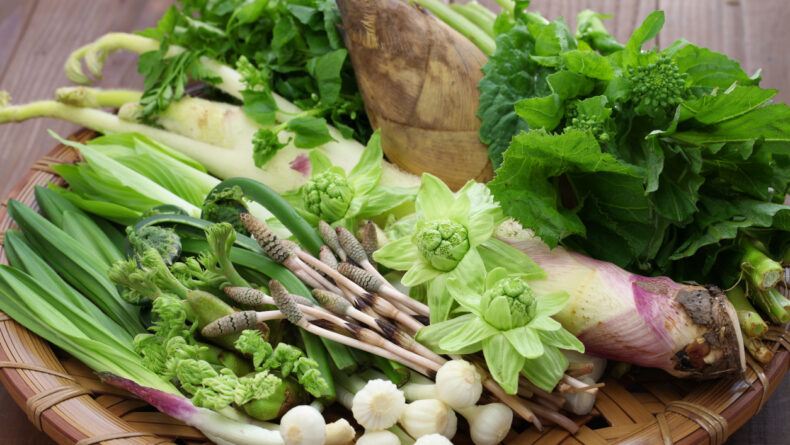
Enjoyed reading the vegetable names like “kabu” (turnip) and “goya” (in Okinawa, for bitter melon) and added info. I would like to grow goya but Washington State does not have too much sun, not humid or hot.